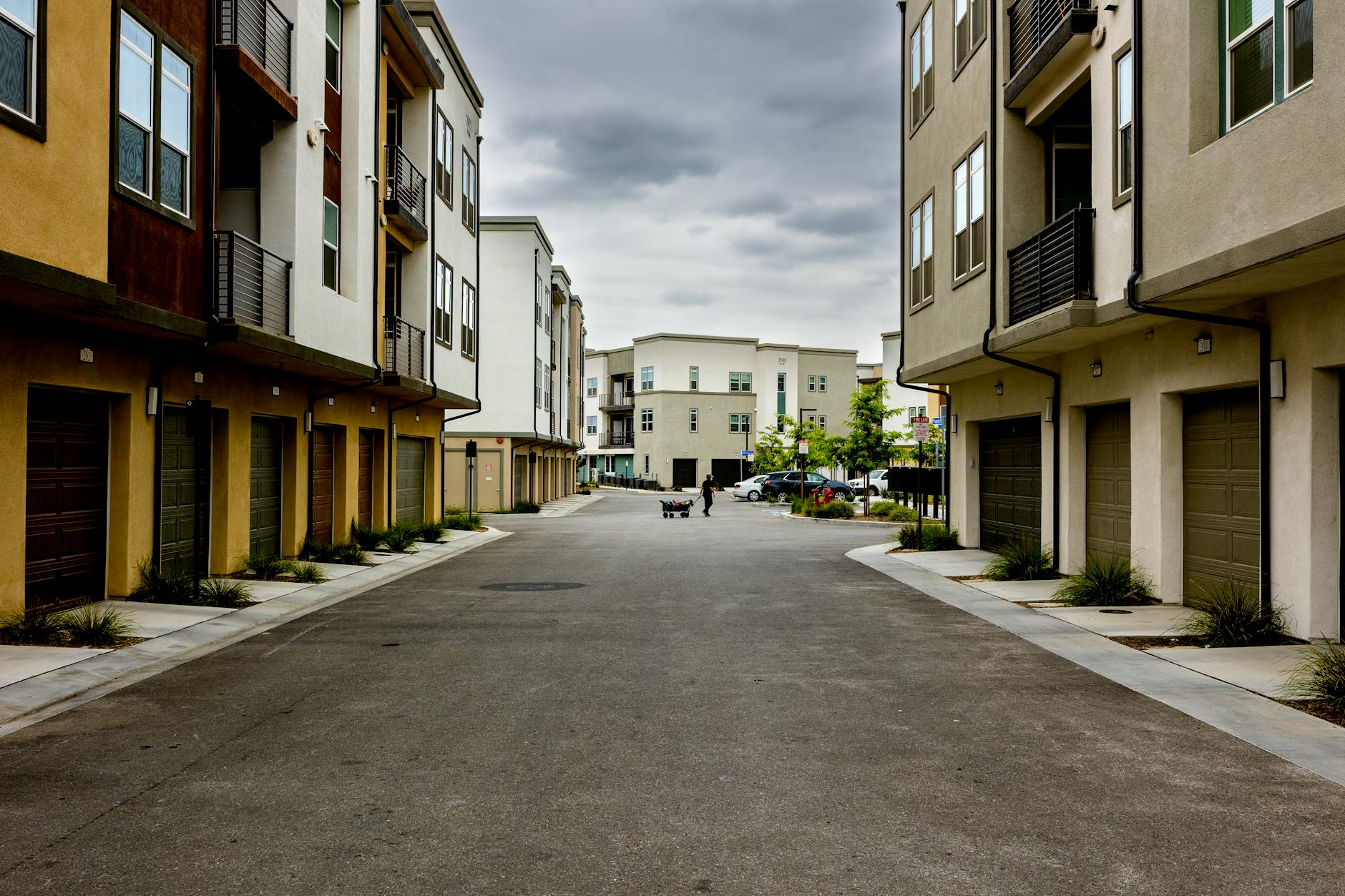Understanding Affordable Housing Options and Developer Services
Understanding Affordable Housing Options and Developer Services
Affordable housing is a critical issue affecting millions of individuals and families worldwide. As urban populations grow and housing prices continue to rise, understanding the available affordable housing options and the role of developers becomes increasingly important. This article explores the landscape of affordable housing, highlighting the various types of housing solutions designed to meet diverse needs. Additionally, it delves into the services offered by developers who specialize in affordable housing projects, including financing models, design considerations, and community impact strategies. By gaining a comprehensive understanding of these elements, readers can better navigate the housing market, advocate for sustainable development, and participate in informed decision-making processes related to housing policies and investments.
Types of affordable housing options
Affordable housing encompasses a variety of models, each tailored to different income levels and community needs. Common options include:
- Subsidized housing: Government-funded programs that offer reduced rents or mortgage assistance to eligible low-income households.
- Rent-controlled apartments: Properties with rent limits to ensure incomes are sufficient to cover housing costs.
- Cooperative housing: Resident-owned and managed communities that reduce costs by sharing expenses and responsibilities.
- Modular and prefab homes: Cost-effective construction methods that offer quicker build times and lower overall costs.
- Mixed-income developments: Projects integrating affordable units alongside market-rate homes to promote economic diversity.
Understanding these types enables prospective residents and policymakers to identify the most appropriate housing solutions tailored to specific regional and demographic contexts.
The role of developers in affordable housing
Developers play a crucial role in bridging the gap between housing demand and supply. Specialized affordable housing developers focus on delivering cost-effective yet livable homes by navigating financial, regulatory, and design challenges. Their primary services include:
- Securing financing through grants, tax credits, and public-private partnerships.
- Creating architectural designs that maximize space efficiency while maintaining community appeal.
- Managing construction timelines and budgets to ensure timely delivery.
- Collaborating with local governments and nonprofits to align projects with community goals.
By leveraging these services, developers help increase affordable housing availability and contribute to sustainable urban growth.
Financing models and incentives for affordable housing
Financing affordable housing requires innovative approaches to reduce costs for both developers and residents. Key models include:
| Financing model | Description | Examples |
|---|---|---|
| Low-Income Housing Tax Credit (LIHTC) | A federal tax credit program encouraging private investment in affordable housing. | Used extensively in the US for affordable multi-family developments. |
| Housing vouchers | Direct subsidies to eligible renters to bridge the gap between income and rent costs. | Section 8 in the US; local subsidies in other countries. |
| Public-private partnerships (PPP) | Collaborations between government agencies and private developers to share risks and resources. | Mixed-income developments and urban renewal projects. |
| Community land trusts | Nonprofits acquire land and lease it to residents to stabilize housing costs long-term. | Used in cities like Boston and London to preserve affordability. |
These financing tools reduce barriers for developers and increase housing access for low- and moderate-income families.
Design and community considerations for affordable housing
Beyond financial feasibility, affordable housing must address quality of life and neighborhood integration. Developers focus on:
- Efficient layouts: Optimizing unit size and common spaces to reduce costs without compromising livability.
- Sustainable building materials: Using energy-efficient designs that lower utility bills for residents.
- Community amenities: Including parks, child care centers, and transportation links to improve resident wellbeing.
- Neighborhood fit: Ensuring developments blend aesthetically and socially into existing areas to avoid stigmatization.
Thoughtful design enhances resident satisfaction and promotes long-term stability within affordable housing communities.
Conclusion
Affordable housing is an essential element in creating equitable and resilient communities. By understanding the different affordable housing options—from subsidized units to cooperative models—individuals and policymakers can make informed choices and push for effective solutions. Developers specializing in affordable housing play a pivotal role by leveraging diverse financing mechanisms, such as tax credits and public-private partnerships, to bring projects to life. Their focus on cost-effective and community-centered design further ensures these homes provide not only shelter but also enhanced quality of life. Ultimately, a collaborative approach that integrates financial innovation, thoughtful design, and stakeholder engagement is key to addressing housing affordability challenges sustainably and effectively. Awareness and active participation from all sectors will be crucial to advancing these goals in the years to come.
Image by: David Brown
https://www.pexels.com/@ninobur
editor's pick
latest video
news via inbox
Nulla turp dis cursus. Integer liberos euismod pretium faucibua

